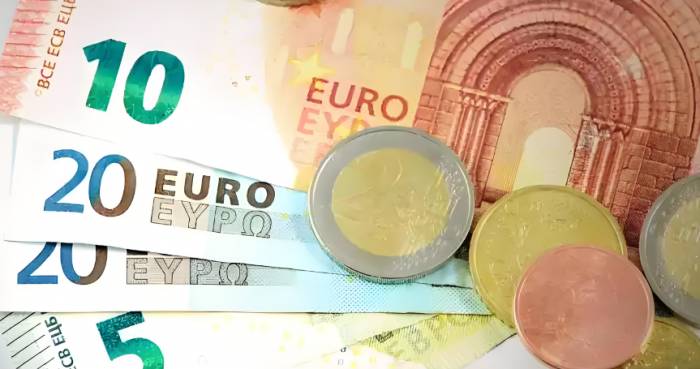According to multiple informed sources, European Central Bank (ECB) policymakers have begun discussing whether it is necessary to lower interest rates to a level sufficient to stimulate the economy, below the so-called neutral rate. These sources indicate that reaching any consensus will take a considerable amount of time, and the outlook may change by then, but this marks a significant shift in the policy debate, potentially leading to the ECB lowering interest rates earlier and more significantly than currently anticipated.
The ECB has lowered interest rates three times this year, bringing the deposit facility rate down to 3.25%. Policymakers had previously stated that the goal was to reduce rates to a neutral level, a level that neither stimulates nor inhibits economic growth, in hopes of maintaining stable inflation. However, the Eurozone's economy is deteriorating rapidly, and inflation has fallen to levels below previous forecasts—this increases the risk that price growth may fall below the ECB's target, as was the case for nearly a decade before the pandemic.
Some policymakers believe that the ECB is already lagging behind the situation and that a more significant rate cut than previously anticipated is needed to prevent excessively low inflation. Although there are not many policymakers who hold this view, their numbers are growing. They also advocate that the ECB should re-examine its "meeting-by-meeting" decision-making guidance and abandon the term restrictive rates as a signal that the ECB is taking the downward risks seriously.
One informed source stated, "I believe the neutral level is not enough. It will take some time to make a decision, but the European economy has been stagnant for two years with no signs of recovery."
Gediminas Simkus, a member of the ECB's Governing Council and the Governor of the Bank of Lithuania, is one of the earliest policymakers to publicly discuss such risks. He said this week, "If the disinflationary process is deeply rooted, interest rates could potentially be below the neutral level. We have experienced this situation for decades."
Uncertainty
One uncertainty in this debate is that the neutral rate is considered unobservable, and there is no consensus on what it is. ECB President Christine Lagarde said this week, "If you ask me where the neutral rate is today, the honest answer is 'I don't know.'"
Many institutions or market participants have given estimates for the neutral rate. The International Monetary Fund (IMF) believes the neutral rate is 2.5%, observers surveyed by the ECB believe it is around 2.25%, ECB staff believe it is close to or slightly above 2%, and market pricing suggests it is below 2%. Individual policymakers' estimates vary significantly. The difficulty lies in the fact that the difference between the upper and lower limits of these estimates could be equivalent to three rate cuts.

A key reason for the ECB to seek to lower interest rates below the neutral level is the lackluster economic growth and the long-awaited recovery that has not arrived. This means that the ECB's current restrictions on the economy are much greater than it imagined, and high interest rates are suppressing demand. Without economic growth, inflation within the Eurozone will slow down, the labor market may quickly weaken, and this could increase downward pressure on prices.
Other policymakers have also been warning about the risks of inflation falling to excessively low levels. Mario Centeno, the Governor of the Bank of Portugal, has warned on several occasions, "I believe the risk of inflation being below the target exceeds the risk of it being above the target, and most of the downward risks we see in the forecasts are endogenous."The Governor of the Bank of France, François Villeroy de Galhau, also warned that inflation is facing the risk of being below the European Central Bank's target, "especially when economic growth remains below average." He added: "We can see the expected soft landing, but we will not see further takeoff of the economy."